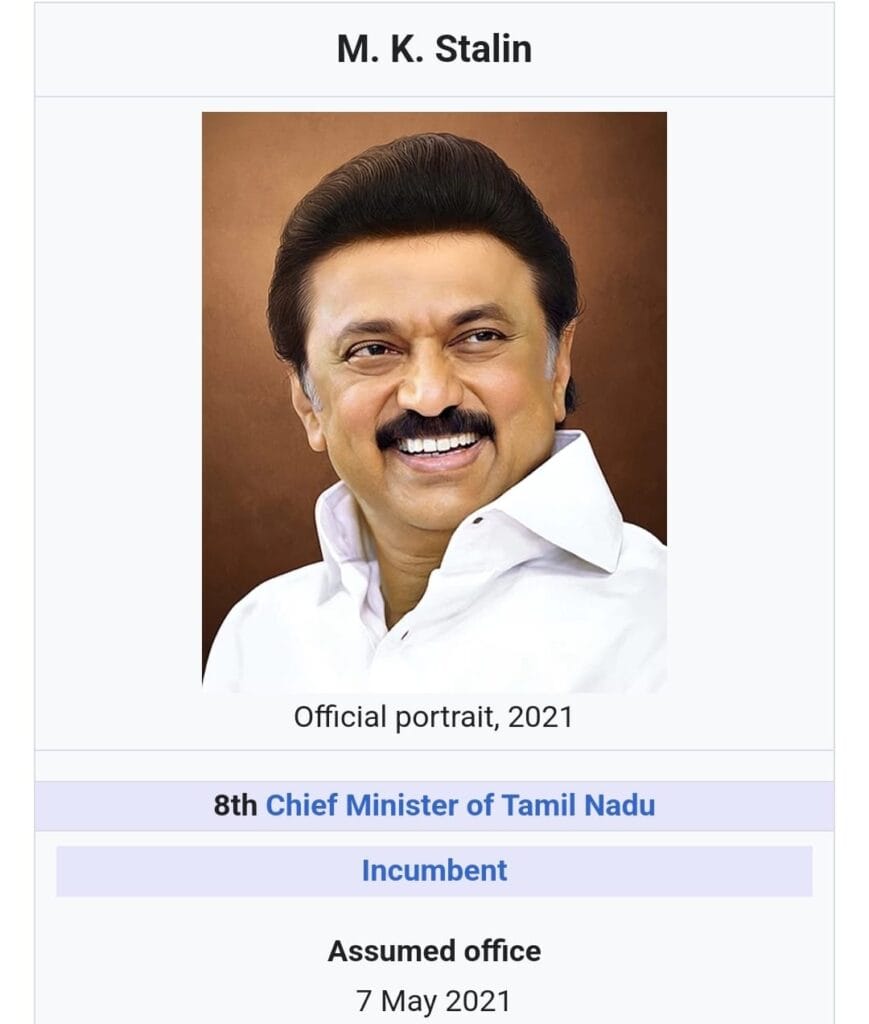Introduction
India stands on the cusp of a significant political transformation as it approaches the 2026 deadline for delimitation—a constitutional exercise aimed at redrawing parliamentary constituencies based on the latest population data. This process, intended to ensure equitable representation, has ignited a contentious debate, particularly among the southern states, which fear that their political influence may wane despite commendable achievements in population control and socio-economic development.

Historical Context of Delimitation
Delimitation in India has been a periodic exercise, with the last major one conducted in 1976, based on the 1971 census. Recognizing the need to incentivize population control, the 42nd Amendment to the Constitution froze the allocation of parliamentary seats until 2000, later extended to 2026 by the 84th Amendment. This freeze aimed to prevent states that successfully curbed population growth from being penalized with reduced representation.
Southern States’ Concerns
Southern states like Tamil Nadu, Kerala, Karnataka, Andhra Pradesh, and Telangana have expressed apprehension that the upcoming delimitation, if based solely on population figures, could diminish their representation in Parliament. These states argue that their proactive measures in controlling population growth and advancing socio-economic indicators should not result in political marginalization.
Tamil Nadu Chief Minister M.K. Stalin has been vocal in opposing population-based delimitation, asserting that it would unfairly penalize states that have responsibly managed their demographics. He emphasized the need to consider factors beyond population, such as economic contribution and development indices, to ensure a fair representation.
Similarly, Karnataka Deputy Chief Minister D.K. Shivakumar warned that the proposed delimitation threatens the federal structure of India. He highlighted that basing representation solely on population would undermine the principles of cooperative federalism and disproportionately empower states with higher population growth rates.
The North-South Divide
The delimitation debate underscores the existing disparities between northern and southern states. While southern states have made significant strides in health, education, and economic development, northern states like Uttar Pradesh and Bihar continue to grapple with higher fertility rates and slower socio-economic progress. Critics argue that increasing representation for these states based solely on population would reward underperformance and dilute the voices of more developed regions.
KT Rama Rao, a prominent leader from Telangana, criticized the central government’s approach, stating that it unfairly punishes states that have effectively controlled their population growth. He emphasized the need to consider economic contributions and development achievements in the delimitation process.
Federalism and Democratic Principles
The core of the delimitation controversy lies in balancing the democratic principle of equal representation with the federal structure that respects the diversity and autonomy of states. While population-based representation ensures that each citizen’s vote carries equal weight, it also risks marginalizing states that have successfully implemented policies promoting sustainable development.
The southern states’ resistance to the proposed delimitation reflects a broader concern about preserving the integrity of India’s federal democracy. They argue that a nuanced approach, considering multiple factors beyond population, is essential to maintain equitable representation and prevent regional disparities from widening.
Conclusion
As India approaches the 2026 delimitation exercise, it faces the challenge of reconciling the need for equitable representation with the imperative to uphold the principles of federalism and reward responsible governance. A one-size-fits-all approach based solely on population figures risks exacerbating regional tensions and undermining the progress achieved by states that have prioritized sustainable development.
To navigate this complex issue, a comprehensive and consultative approach is essential. Incorporating factors such as economic performance, human development indices, and effective governance into the delimitation process can help ensure that representation in Parliament reflects not just the size of the population but also the quality of governance and contribution to the nation’s progress.
Ultimately, the goal should be to strengthen India’s democratic fabric by fostering inclusive representation that acknowledges and rewards the diverse achievements of its states, thereby promoting unity and equitable development across the nation.